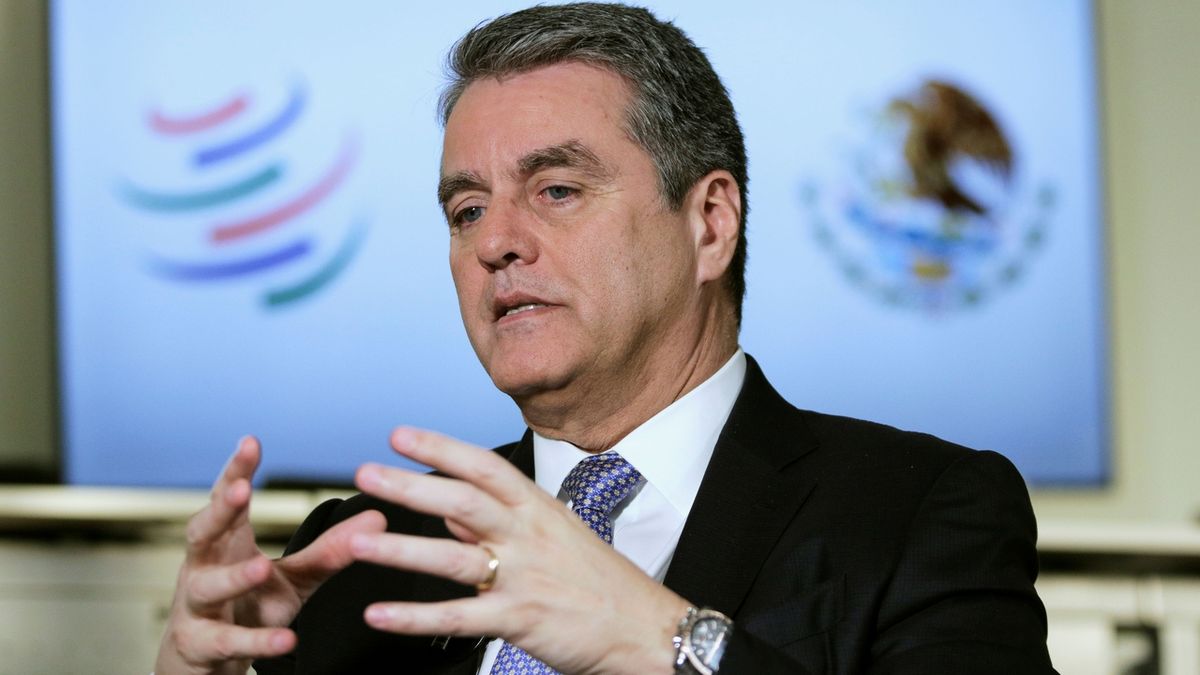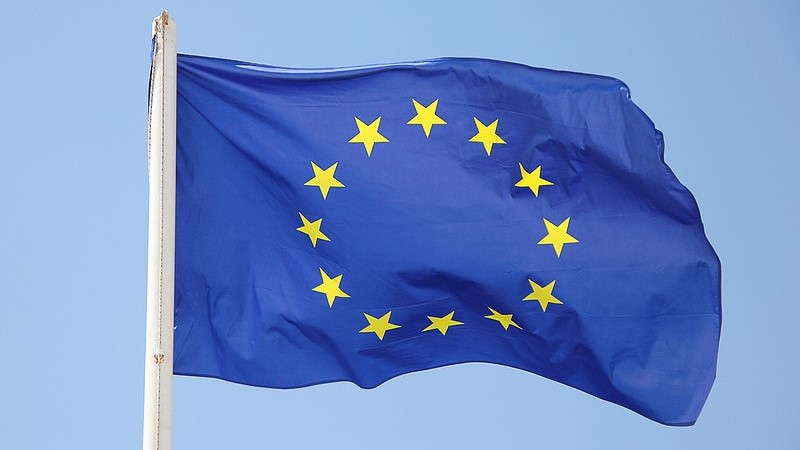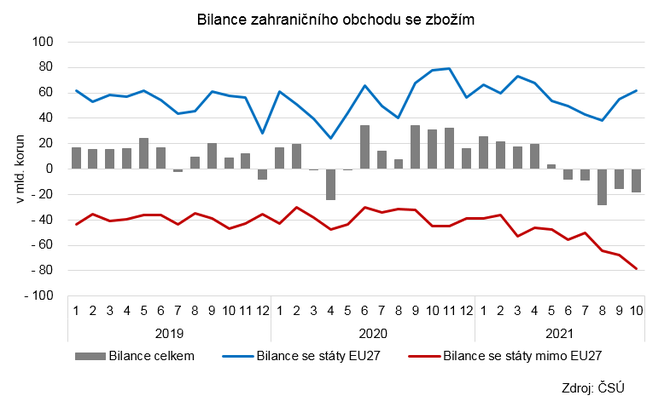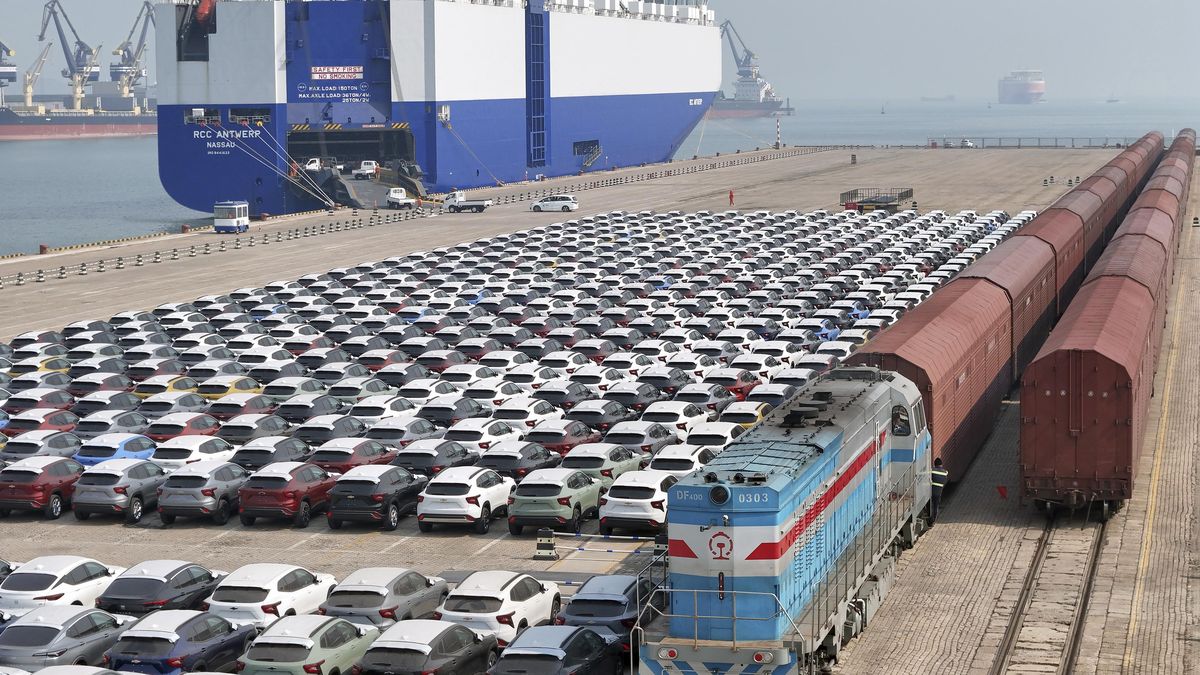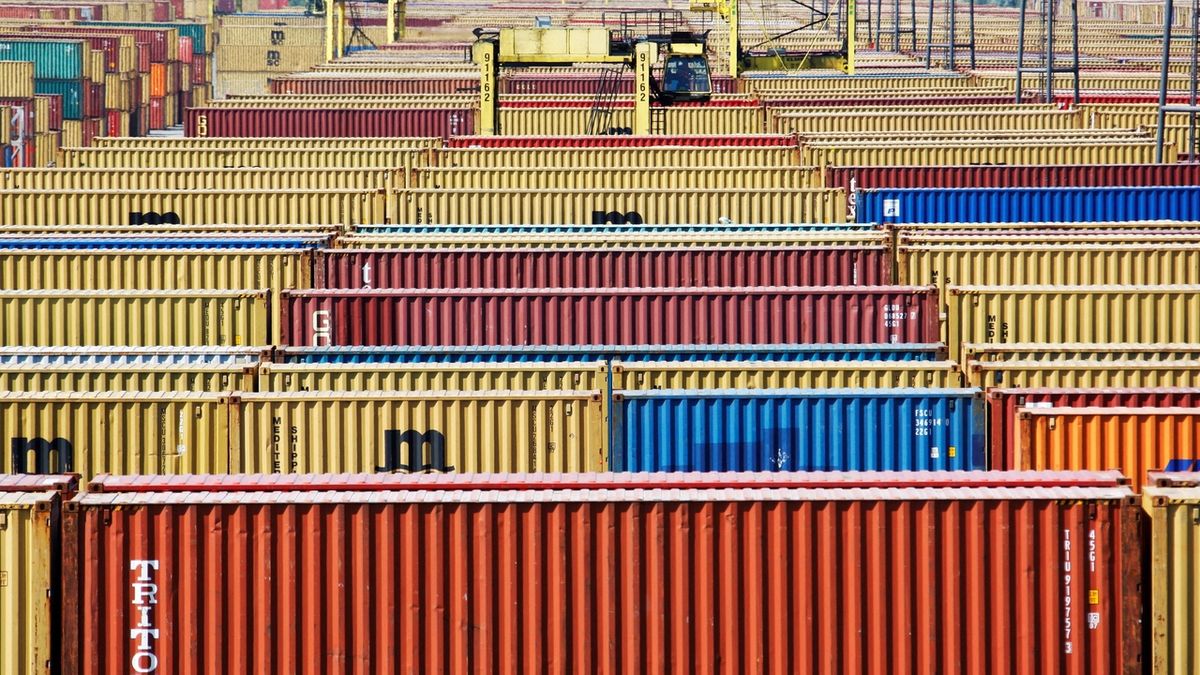You can also listen to the article in audio version.
The conflict in the South China Sea has been in constant scrutiny for more than a decade. China has been successful and almost unnoticed in the region turning coral reefs into artificial islands with airports and infrastructure and bases for missile systems. Ships of foreign powers sailed across the waters, military aircraft provocatively testing the air defense lines and the patience of neighbors.
The South China Sea is one of the most disputed maritime areas in the world. Not suprisingly. Based on according to the American non-profit organization Council on Foreign Relations, 11 billion barrels of oil, more than 5 trillion cubic meters of natural gas and 10% of the world’s fish resources are hidden in the area.
After all, approximately 30% of world maritime trade passes through the South China Sea to busy ports in Southeast Asia. Several countries claim this wealth – the Philippines, Vietnam, China, Brunei, Taiwan and Malaysia.
Photo: News List
Territorial disputes in the South China Sea.
Each party is in dispute, which has been going on for one year 1279, claiming the territory according to different historical and geographical data. For example, China currently feels it owns more than 80% of the island, Vietnam claims full sovereignty over the Paracel and Spratly Islands.
However, external players also entered. Perhaps most important is the United States, whose role in the region today is stronger than ever and which concluded a closer strategic partnership there for a possible conflict over Taiwan. Recently, they have significantly strengthened ties with the Philippines.
Against China
Washington and Manila closed earlier in the month agreement, where the US will gain access to additional military bases on Philippine soil. The 2014 Enhanced Defense Cooperation Agreement (EDCA) has allowed rotation of US troops at a total of nine bases across the Philippines. The new pact opened up four more military bases for them.
Arms race
Asia has never experienced a wider arms race. Three major nuclear powers and an emerging international pariah, the largest economies and decades-tested alliances vie for supremacy in the world’s most contested region.
“It’s just part of an effort to modernize our alliance. And this effort is especially important at a time when the People’s Republic of China continues to assert its illegitimate claims in the West Philippine Sea,” US Defense Secretary Lloyd Austin told a meeting in Manila, referring to China’s increasing presence in the waters. near the Philippines. .
He did not say where the US base would be stationed. However, earlier statements by American and Filipino officials indicated that the bases would likely be in Cagayan and Isabela in the northeast of the country, that is, where it is closest to the self-governing island of Taiwan. He claims Beijing as his own and threatens to invade.
Photo: The Times, News List
Actions of Americans in the Indo-Pacific region.
The deal, in which the US will invest $82 million in infrastructure at the existing site, is “very significant”. stated to Channel News Asia analyst Euan Graham. US troops will have access to joint training, building facilities and stockpiling.
China is under siege
However, the feeling that the United States is strategically encircling China and threatening stability in the region has emerged in Beijing. America is also “guarding” it from Guam, the strategically important eastern island of the Philippines, the Misawa air base and Yokosuka naval base in Japan, or the Kunsan air base in South Korea.
According to China, further strengthening America’s presence in the region will only increase tensions.
“In its own interests, the United States continues to increase its military deployment in the region with a zero-sum mentality, which increases tensions in the region and threatens regional peace and stability,” said Chinese Foreign Ministry spokesman Mao Ning. “Countries in the region must remain vigilant against this move and avoid coercion and exploitation by the United States.”
Thanks to the Philippines, the United States will be positioned right in the middle of two “hotspots”—the South China Sea and Taiwan—”with the ability to bring its defense forces into these strategically important areas,” as explained analyst Euan Graham. So far, the US has relied on Japan, South Korea and Singapore, only by word of mouth
“Simply put, the Philippines is a very important strategic asset,” said Graham, who works at the London-based think tank International Institute for Strategic Studies (IISS).
Americans will not remain silent – before the agreement with the Philippines they announced plus plans to share defense technology with India and deploy new US Marine units on the Japanese islands.
In recent days, America has offended Beijing i opening embassy in the Solomon Islands. After thirty years, even in this part of the world, they are trying to strengthen diplomatic ties and act as a counterweight to China. US Secretary of State Antony Blinken commented that “more than any other part of the world, the Indo-Pacific region – including the Pacific Islands – will determine the trajectory of the world in the 21st century”.
A milestone in the history of authoritarianism?
China’s growing influence in the Pacific? Amidst the frenzy of events that have unfolded in the Solomon Islands in the short space of the last year, it is hard to choose which was more troubling.
– the island government of China he borrowed nearly $70 million to finance the construction of Huawei’s communications towers;
– be in effect regulationthat SIBC public television can only report positively on the government;
– Prime Minister Manasseh Sogavare is trying to move election until the end of 2023;
– his reign he threatens told foreign journalists that he would bar them from entering the country if they criticized his relationship with China.
Due to the Solomon Islands, the Pacific has recently been plagued by China, which can be achieved by the forthcoming agreement open door to the Pacific island nation that played a key role in World War II. Although China has the world’s largest fleet, it has no base, so it can negotiate on its own. His attempts to negotiate with the Solomon Islands in particular angered Australia.
Luzon
One of the main areas of concern in the region is the Luzon Strait, a waterway in the northern Philippines that separates the largest and most populous Philippine island of Luzon from Taiwan. Around Luzon, China launched large-scale military exercises last summer to protest the trip of then US House Speaker Nancy Pelosi.
“During this exercise, it was very clear and obvious to observers that if Taiwan were attacked by China, Beijing would stand to gain control of the Luzon Strait, which is a very important waterway,” stated Ridzwan Rahmat, senior defense analyst at Janes Intelligence.
“It is important for Washington to maintain control of the strait so that in the event of war with China, US troops have unrestricted access to Taiwan,” he added.
“I think with this additional military base in the Philippines, China will see this as a tightening of US military ties around the region, and I can imagine that there will be some changes in Beijing’s planning doctrine in the coming months,” Rahmat said.
At the same time, it has not been long since the Philippines officially leaned towards Beijing. However, since President Rodrigo Duterte’s replacement with Ferdinand Marcos Jr., they have lost their firm affection for China.
Moreover, Duterte’s warm relationship with Xi Jinping has brought no real benefit to the Philippines. Chinese coast guards and fishing vessels continue to operate imprudently in waters claimed by Manila and harass Filipino vessels.
Disputes “debris”.
According to a 2016 ruling by the Hague Court of Arbitration, Beijing’s claims over the South China Sea have no legal basis. However, this did little to help Manila – the Philippines could not enforce the court’s decision.
While avoiding direct criticism of China, Marcos called the US “our oldest partner and ally”. “I have always said that I think the future of the Philippines, and indeed the entire Asia-Pacific region, will always be in the hands of the United States,” he added.
However, Marcos has not disdained relations with Beijing either – he recently visited mainland China, from where he returned with promises of billions in investment. Instead, Manila seems to be trying to balance politics on all fronts.
“The Filipino people are still very supportive of the US military presence in the region, especially after the events in the South China Sea in recent years,” said Ridzwan. The Philippines has repeatedly clashed with China over activity in the South China Sea – Beijing claims sovereignty over most of the islands and waters in the region.
“The public still feels that the US will defend the Philippines if it is in conflict with China,” Ridzwan added.
The dispute between the Philippines and China is often in the spotlight of the world media. Sometimes they don’t get along because of Chinese missile debris, sometimes because of visits by American representatives or the unexplained shooting down of the other side’s ships. However, experts have long warned that these smaller “shots” are just a harbinger of a much more serious conflict.

“Tv nerd. Passionate food specialist. Travel practitioner. Web guru. Hardcore zombieaholic. Unapologetic music fanatic.”


